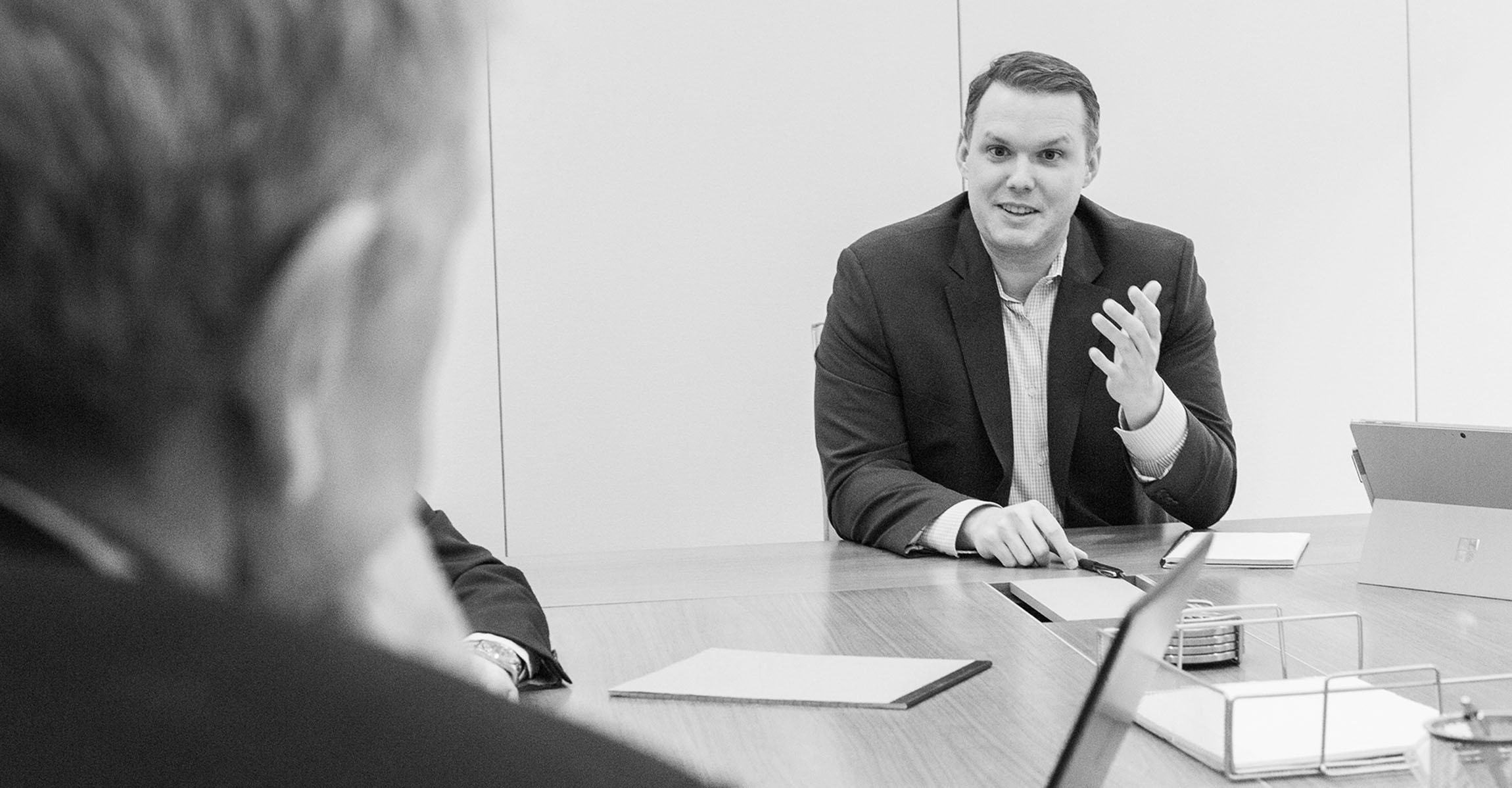A model of efficiency: Case expense financing for law firms




Among the most inefficient uses of capital by law firms is the way that most firms now pay for case expenses—that is, for all the experts, local counsel, discovery costs, tribunal costs and other non-time-based disbursements they must cover in order to bring commercial litigation and arbitration to fruition when they work on a fully contingent basis.
While legal press headlines obsess about client pressure on law firm fees in what remains a buyer’s market, firms are arguably losing double-digit profitability due to how they handle payment for costs other than their own time. The vast majority of firms that take matters on full contingency pay for these expenses out of their own pockets, and for some matters, case expenses constitute as much as 25% of overall expenditures (or more).
Were law firms to finance case expenses rather than paying for them from partner earnings, they would greatly improve profitability and cash flow.
For law firms, the problem with paying for case expenses out-of-pocket is clear:
Case expenses are a cost of doing business, not a profit center. Case expenses are “money out the door” that—unlike money spent on people or invested back in the firm—do not return profit.
Partners, as joint owners, split what is left at year-end after they cover expenses. Paying for case expenses out-of-pocket means that partners have less to split at year-end, lowering profits per partner (and impacting rankings-based lists).
Firms usually pay for case expenses out of partners’ after-tax earnings. In other words, partners have paid taxes on the money the firm will use to pay for expenses—or, put another way, partners pay tax on dollars they don’t keep. Further, case expenses are not tax deductible.
The last point is perhaps the most significant. Assuming partners must first pay as much as 40% tax on the earnings that they contribute to cover expenses, and in a scenario where cases expenses are 25% of a firm’s overall expenses, net income worth 10% of the firm’s expenditures (40% of 25%) has, essentially, disappeared.
Legal finance provides a far more efficient model for paying case expenses.
Case expense financing works like most legal finance: Burford provides non-recourse capital to cover case expenses, with returns dependent on outcome. Firms keep 100% of the risk on their fees, but Burford takes 100% of the risk on case expenses. This significantly improves how firms manage downside exposure on high-stakes matters for which they may be happy to put their time at risk but for which they are less happy to be in danger of losing their actual dollars. Financing removes this downside, because expenses are repaid only if matters resolve successfully.
Expense financing can be provided on a single case basis, or—often more favorably—on a portfolio basis, for as few as two matters to a firm’s entire contingency portfolio. The financier advances case expenses as they are incurred by the firm for a single case or pool of cases; past expenses can also be reimbursed as part of a broader deal. Pricing terms can take a number of forms and are generally paid out when the underlying matters achieve success or settlement. Portfolio investments generally offer even more favorable terms than single-case expense investment given the downside protection provided by cross-collateralization of the matters within the portfolio. Portfolios also offer additional flexibility and can be structured to meet a firm’s particular needs.
Beyond protecting against downside risk for the firm, expense financing represents a far more efficient use of capital by firms than paying out of pocket (see Comparative case study).
Fundamentally, savvy firms increasingly recognize that a dollar saved on case expenses will earn more for the firm than Burford charges for its financing.
Because partners no longer have to contribute after tax dollars to pay for case expenses, they can redirect cash to salaries and overhead (which are tax deductible) or other profit-generating activities. For example, a dollar saved on case expenses can be spent instead on servicing an expanded pool of cases—and these hours can then earn multiples of cost in future fee awards.
As a result, for every dollar a firm redirects from expenses to hourly fees, the firm has the opportunity to earn more than it pays Burford for the financing. By this sort of arrangement, the firm can effectively arbitrage the cost of Burford’s capital against a higher rate of return on expanded litigation fees. The contrast in outcomes for the firm, and the partners, can be significant. Profitability rises for firms that accept outside financing on a single matter—and even more so for firms that bundle expense financing in a portfolio of matters.
Depending on the size of the matters being financed and the respective firms, the difference in returns can result in starkly different numbers—numbers with enough impact on the business and the partners that expenses-only financing makes excellent business sense. The firms that stand the most to benefit are those for which case expenses represent the largest portion of overall expenditures, namely firms with extensive work in competition and antitrust, IP litigation, international arbitration and other areas with significant pre- or post-filing requirements for expensive experts and consultants.